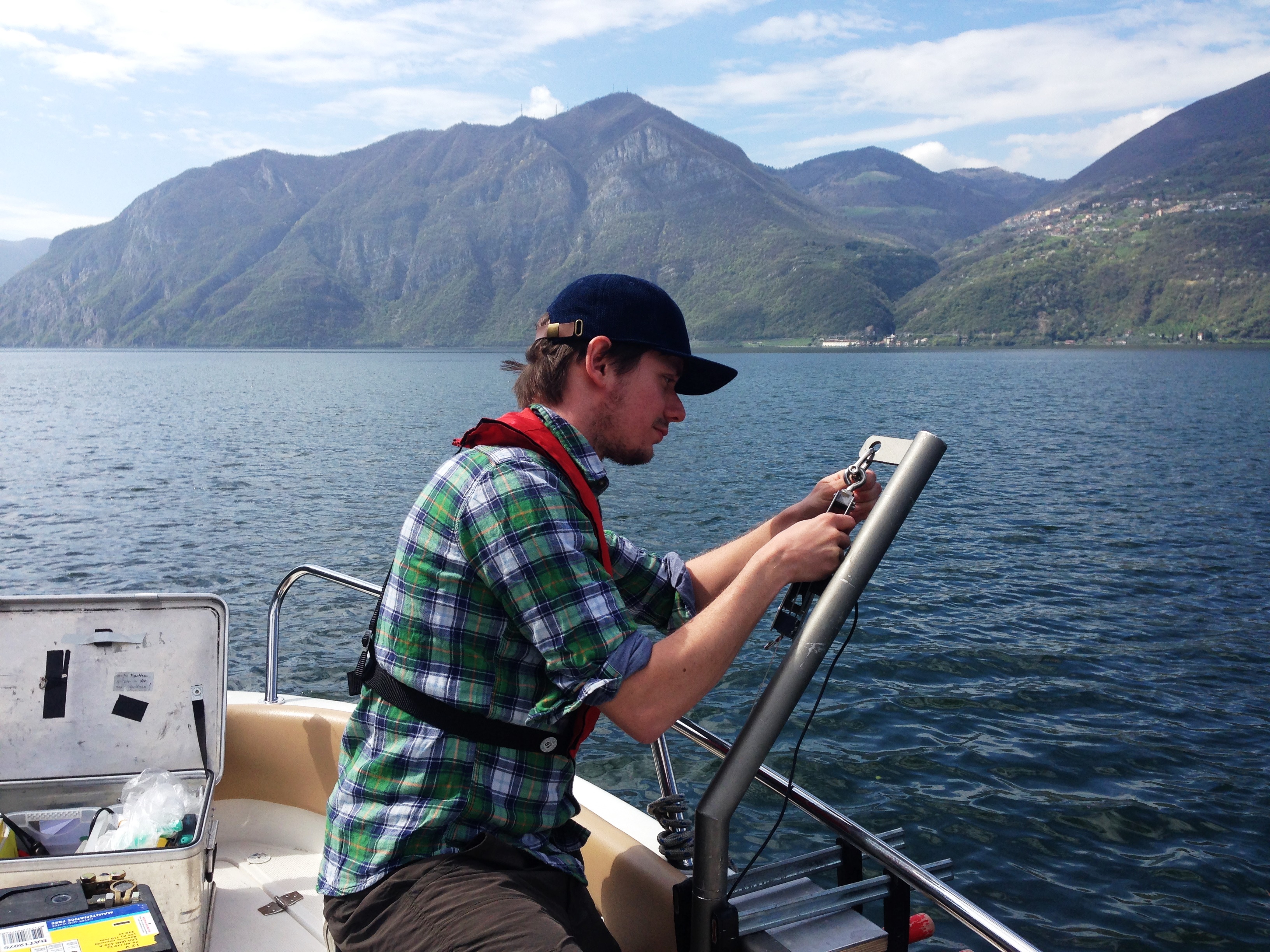Sediment Biogeochemistry
Published:
The sediment can either act as a source or sink for substances in lakes depending on various factors, for instance redox conditions or turbulent fluxes. Especially the retention of phosphorus (P) in the sediment, either by binding it to iron or in a more long-lasting form as vivianite, is of utter importance for the lake system. Otherwise internal P fluxes from the sediment have the potential to promote future eutrophication.
To understand the sediment composition of urban lakes, it is important to take sediment cores from different sites. In my experience, due to the impact of management measures and the urban catchment on the lake, the urban lake sediments tend to be heterogeneous. I have employed a rapid post-processing to evaluate the sediment composition of several sediment cores by (1) analyzing them using XRF, (2) log-transforming and normalising the data, and finally (3) applying multivariate statistical methods like PCA, k-means clustering and SOM. Especially the combination of PCA and SOM has the potential to gain new insights into the vertical and spatial changes in the sediment composition.
For more information, see Ladwig et al. (2017).
Another important factor shaping the potential P retention in sediments are so-called ecosystem engineers like chironomid larvae. These insects form burrows in the sediment that enable oxygen fluxes to penetrate into deeper sediment layers potentially promoting a long-lasting retention of P.
For more information, see Hupfer et al. (2019).
